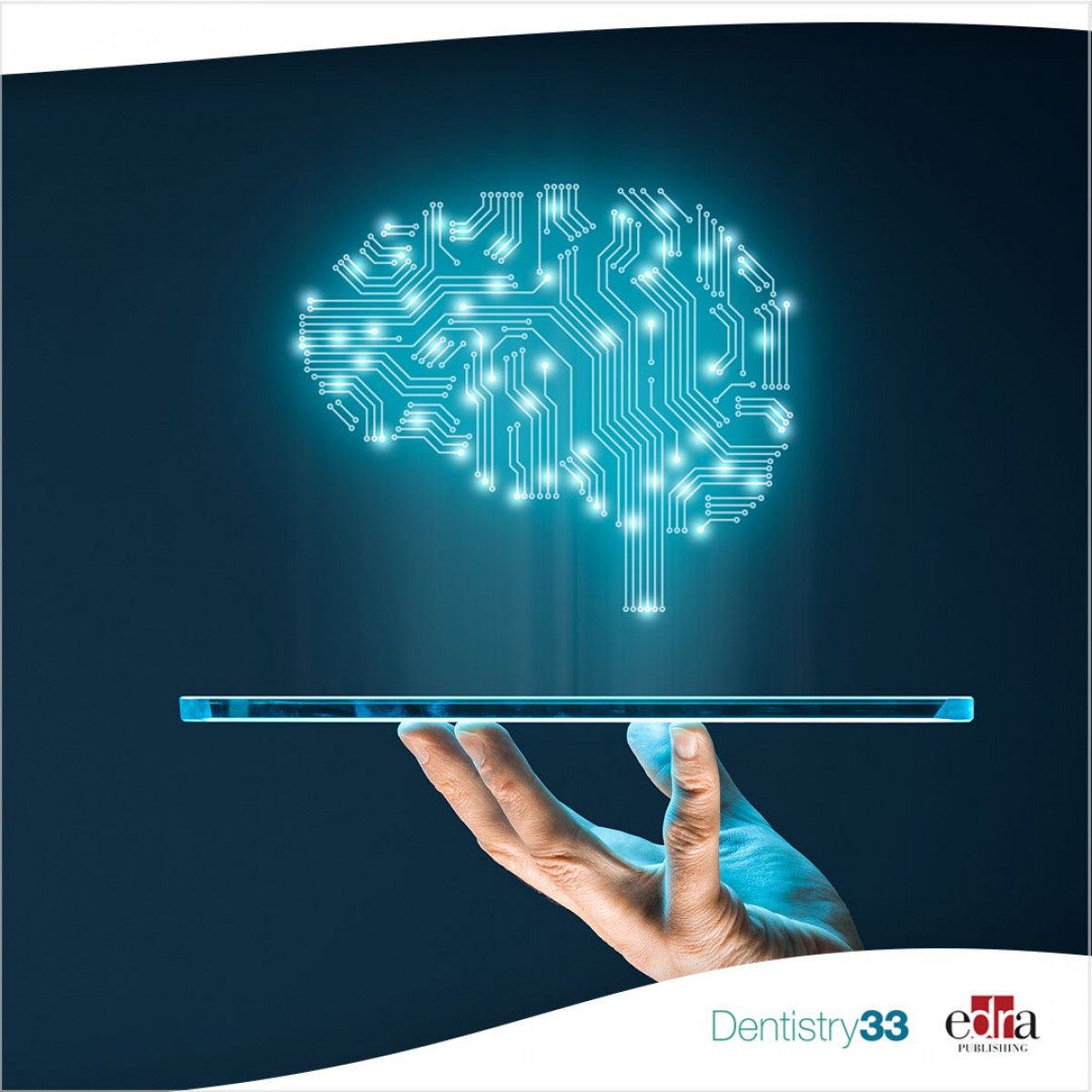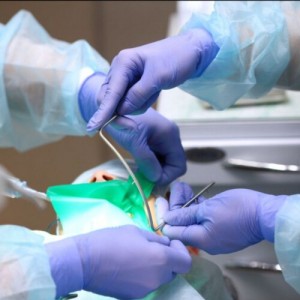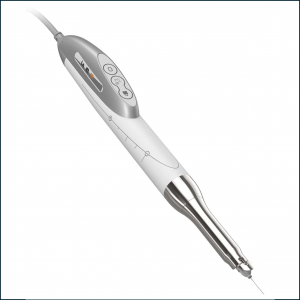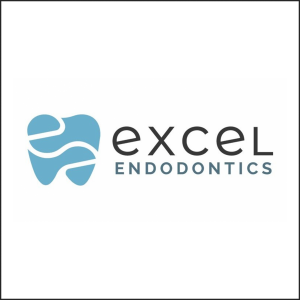
Artificial intelligence and deep learning
Lara Figini
Artificial intelligence (AI) refers to computer programs capable of performing tasks that typically require human cognition. AI programs were initially created as expert systems, mimicking human decision-making using conditional logical statements. Machine learning is a subtype of artificial intelligence in which machines learn to perform tasks by learning patterns in data rather than by being programmed with explicit rules and statements.
Deep learning is a particular form of machine learning based on artificial neural networks (ANN) inspired by the human nervous system. The term "deep" refers to the network architecture of the multi-level model. In traditional machine learning, the model learns features of the data from manual extraction, while in deep learning, representations (including feature extraction) are learned from the raw input data.
Deep learning has been found to outperform conventional machine learning when dealing with complex and computationally intensive tasks such as image analysis and natural language processing. In recent years machine and deep learning have made significant progress and are increasingly used in consumer products such as smartphones, cameras, and web search engines.
In parallel, the digitization of healthcare, including the generation of digital health data such as electronic records or images, has facilitated the growing application of machine and deep learning in medicine and dentistry. Both clinicians and dental researchers have the task of becoming familiar with these technologies, given their increasing relevance in the dental area.
Materials and methods
In a recent review to be published in the Journal of Dentistry, the authors explained the basics of the concept of deep learning by explaining commonly used terms and describing different deep learning approaches, their methods, and results.
This review is based on the collection of the latest studies, medical primers, and the state of the art of research on artificial intelligence and deep learning. Deep learning in healthcare and dentistry Artificial neural networks (ANNs) were first introduced in 1943 by Warren McCulloch and Walter Pitts, who presented a simplified computer model of how biological neurons in animal/human brains could perform complex computations.
However, computer hardware restrictions and software application difficulties severely limited ANN's performance for decades. After that, expert systems have been developed, such as the MYCIN for clinical diagnostics (which can assist doctors in diagnosing bacterial infections in patients and in selecting the most appropriate antibiotics) and such as the "Oral Radiograph Diagnosis," leading examples of artificial intelligence in dentistry.
This program provides information on 97 conditions and is designed to assist in the differential diagnosis of oral radiographs. The first publications using ANN in dentistry were done in PubMed in 1994. Over the last decade, however, there has been a significant increase in the number of applications of machine learning and deep learning in dentistry.
Results
Deep learning is helpful in the following ways:
-orthodontics, for the automated detection of landmarks and for the prediction of growth and development;
-cardiology, primarily for the analysis of radiographs for dental caries but also for caries risk assessment;
-periodontology and implantology, mainly for the analysis of radiographs but also for the evaluation of periodontal risk;
-endodontics, for the detection of endodontic pathologies from radiographs and for the prediction of the outcome of root canal treatment;
-oral and maxillofacial surgery to assist in surgical planning;
-in general, in dento-maxillofacial radiology, for image analysis (for example, to detect osteonecrosis of the jaw, temporomandibular disorders, or oral squamous cell carcinoma).
Conclusions
From the data of this review, which must be confirmed in other similar studies and reviews, it can be concluded that researchers and physicians can benefit from this study by gaining insights into artificial intelligence and deep learning, computer systems that will characterize the future doctor and dentist.
 Related articles
Related articles
Oral pathology 23 June 2025
rtificial intelligence (AI) has rapidly advanced in healthcare and dental education, significantly impacting diagnostic processes, treatment planning, and academic training.
Artificial intelligence (AI) is the development of computer systems whereby machines can mimic human actions. This is increasingly used as an assistive tool to help clinicians diagnose and treat...
Restorative dentistry 25 February 2025
Artificial intelligence applications in restorative dentistry: A systematic review
Artificial intelligence (AI) applications are increasing in restorative procedures. However, the current development and performance of AI in restorative dentistry applications has not yet been...
Periodontal disease is a chronic inflammatory disease that affects the periodontium and is classified into gingivitis and periodontitis with reversible and irreversible tissue damage.
UCSF School of Dentistry has received a $4 million National Institutes of Health (NIH) grant to build clinical research capabilities within oral health. The grant will train School of Dentistry...
 Read more
Read more
Oral Hygiene & Prevention 03 October 2025
Dental treatment planning and management for the mouth cancer patient
The need to deliver cancer treatment promptly often requires modification of ideal dental treatment plans.
Editorials 03 October 2025
To help stock the Filling Station, a food pantry open to anyone in our ASOD family who is experiencing food insecurity or needs help making ends meet, Adams School of Dentistry is holding a food...
Products 03 October 2025
From Scan to Smile: Aidite’s EZPRINT-P1 and Rapid 3 Deliver a Complete Digital Workflow
Digital dentistry thrives on precision, efficiency, and integration. Aidite has long been a leader in advancing these principles. With the introduction of the EZPRINT-P1 3D Printer, the company now...
Products 03 October 2025
Dentalhitec Americas recently announced the official U.S. launch of QuickSleeper5, following FDA clearance. Even prior to its American debut, demand from dentists for the QuickSleeper5.
News 03 October 2025
Excel Endodontics, a new specialty dental practice founded by endodontist Dr. Rachel Halpern, is proud to announce its official opening in Marlboro, New Jersey, along with the launch of its new...















